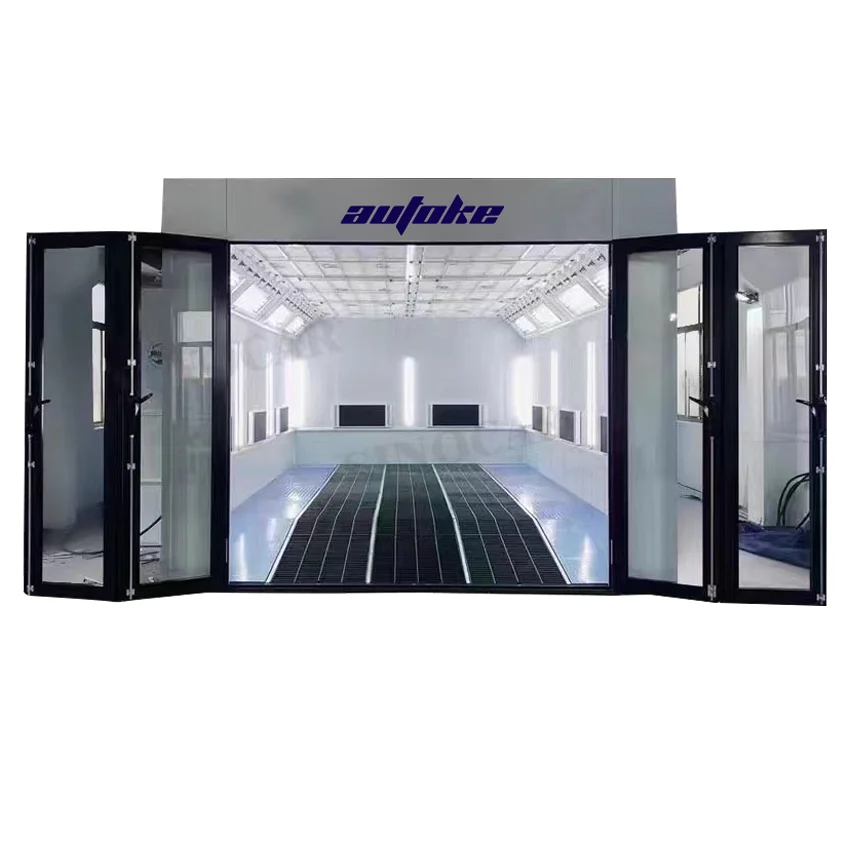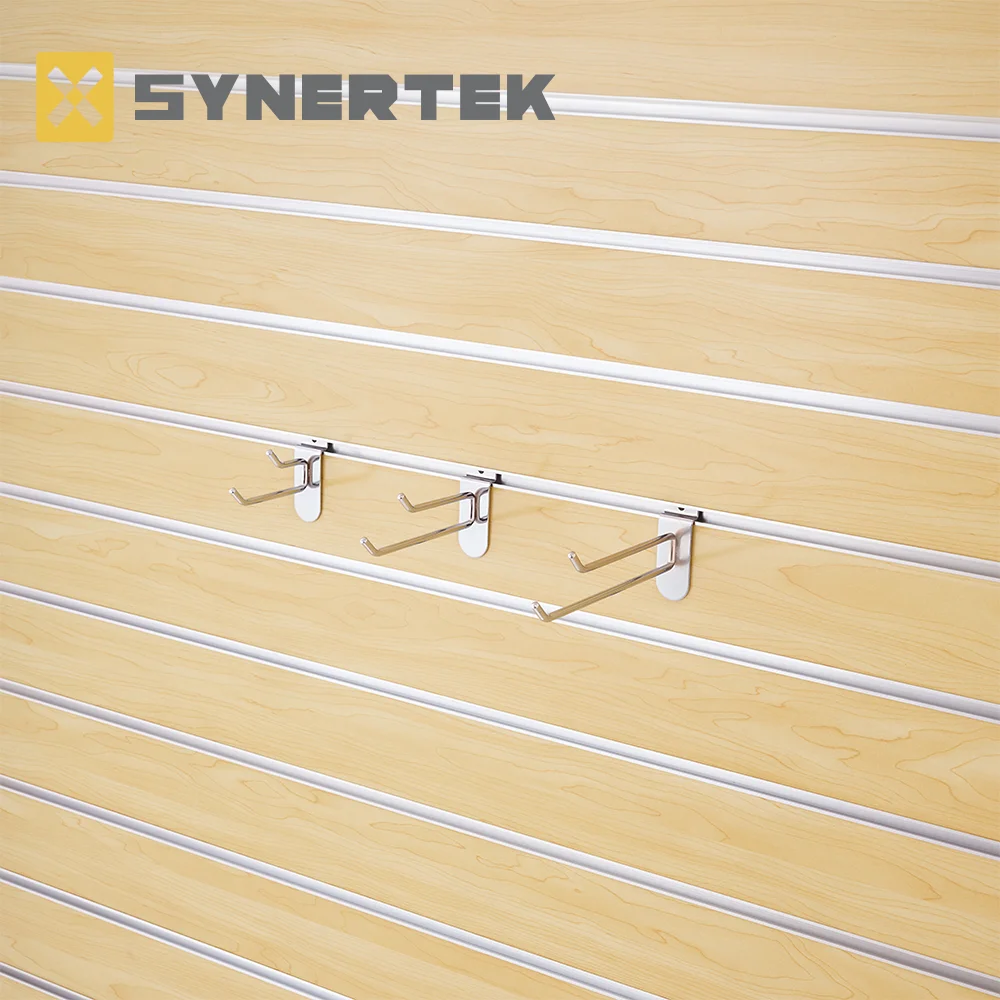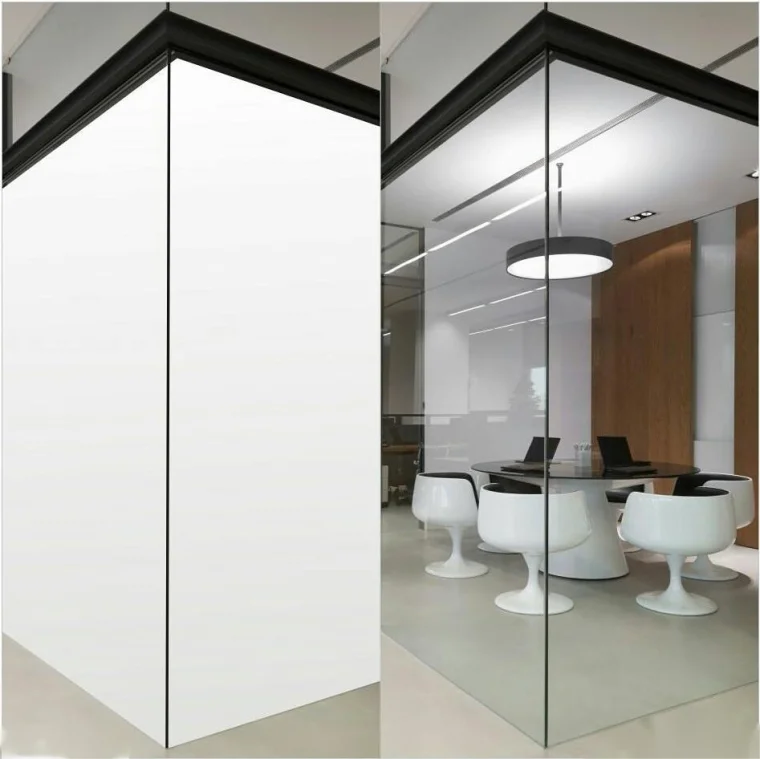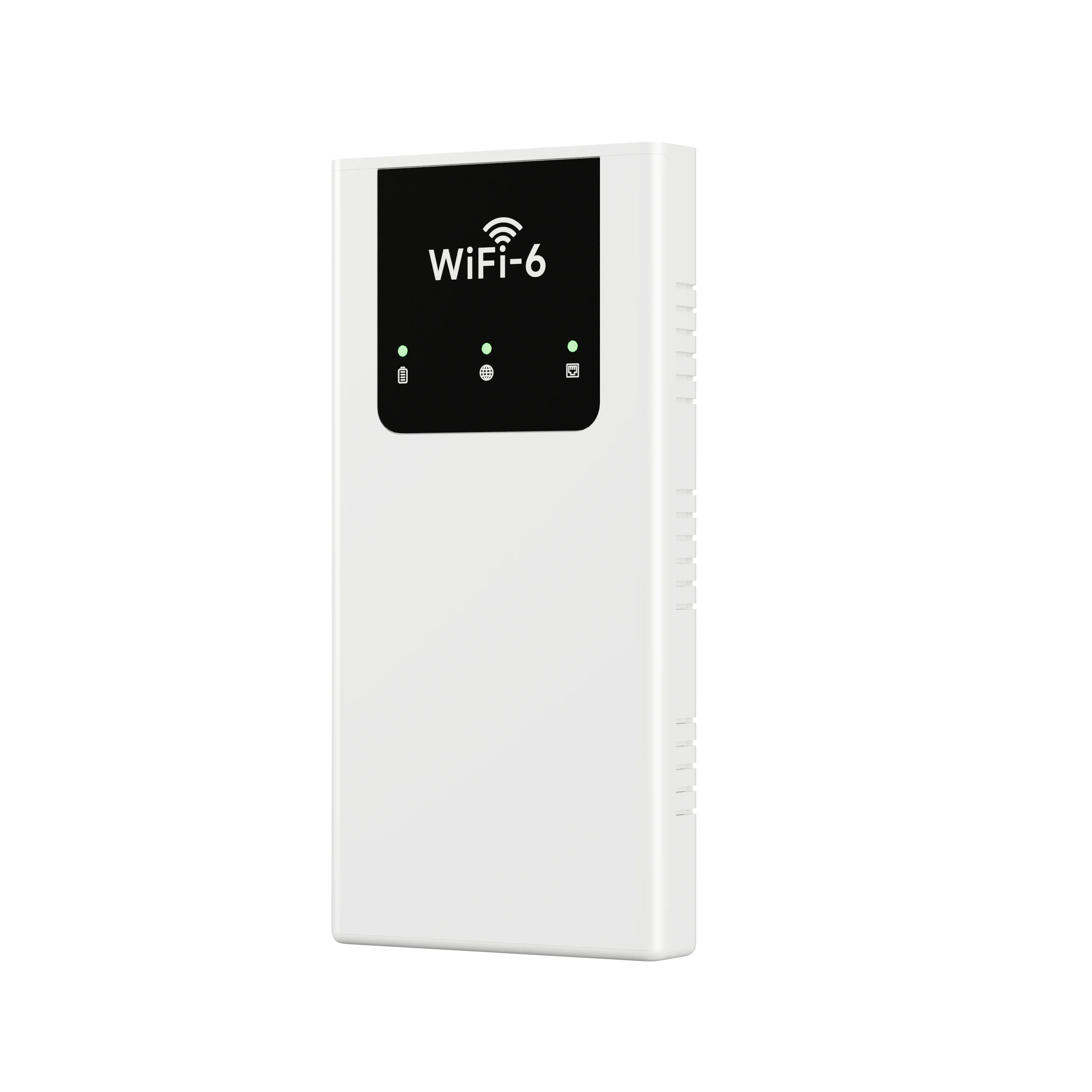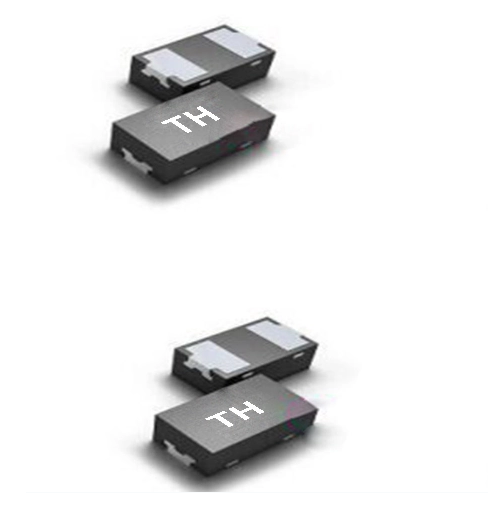When it comes to construction materials, corrugated metal has gained popularity for its durability, versatility, and aesthetic appeal. However, one of the most pressing concerns for builders, architects, and homeowners alike is the longevity of corrugated metal, particularly regarding its susceptibility to rust. This article delves into the factors influencing how long it takes for corrugated metal to rust, the mechanisms behind corrosion, and effective prevention strategies.
Understanding Rust: The Basics
Rust is the result of a chemical reaction known as oxidation, which occurs when iron or its alloys react with oxygen and moisture. This process leads to the formation of iron oxide, commonly known as rust. While corrugated metal is often made from steel, which is prone to rusting, many manufacturers apply protective coatings to enhance its longevity.
Factors Influencing Rust Formation
- Material Composition: The type of metal used in corrugated sheets significantly affects rust formation. Galvanized steel, for instance, is coated with a layer of zinc, which acts as a sacrificial barrier against corrosion. This coating can extend the lifespan of the metal by several years, often up to 50 years or more, depending on environmental conditions.
- Environmental Conditions: The rate at which corrugated metal rusts is heavily influenced by its environment. Areas with high humidity, saltwater exposure, or industrial pollution can accelerate the rusting process. For instance, coastal regions are particularly harsh on metal structures due to the saline atmosphere, which can lead to rust formation in as little as a few months.
- Surface Treatment: The presence of protective coatings, such as paint or powder coating, can significantly delay rust formation. These coatings create a barrier that prevents moisture and oxygen from reaching the metal surface. Regular maintenance and reapplication of these coatings are essential to prolong the life of corrugated metal.
- Physical Damage: Scratches, dents, or other forms of physical damage can compromise protective coatings, exposing the underlying metal to the elements. Such damage can lead to localized rusting, which may spread if not addressed promptly.
How Long Does It Take for Corrugated Metal to Rust?
The timeline for rust formation on corrugated metal can vary widely based on the factors mentioned above. In optimal conditions—such as dry, low-humidity environments with minimal exposure to corrosive elements—galvanized corrugated metal may take decades to show significant signs of rust. Conversely, in harsh environments, rust can begin to appear within a few months.
For example, uncoated steel corrugated sheets exposed to a coastal environment may start to rust within 6 to 12 months. In contrast, well-maintained galvanized sheets in a temperate climate could last 20 to 50 years before significant rusting occurs.
Prevention Strategies
To maximize the lifespan of corrugated metal and mitigate rust formation, consider the following strategies:
- Choose the Right Material: Opt for galvanized or stainless steel corrugated metal, which offers superior resistance to rust compared to standard steel.
- Regular Maintenance: Conduct routine inspections to identify and address any signs of wear, damage, or rust. Promptly repair any scratches or dents to prevent moisture infiltration.
- Apply Protective Coatings: Use high-quality paints or sealants designed for metal surfaces. Regularly reapply these coatings as needed to maintain a protective barrier.
- Control Environmental Factors: If possible, minimize exposure to corrosive elements. For example, installing corrugated metal structures away from saltwater or industrial pollutants can significantly extend their lifespan.
- Proper Installation: Ensure that corrugated metal is installed correctly, with adequate drainage and ventilation to prevent moisture accumulation, which can accelerate rust formation.
Conclusion
Understanding how long it takes for corrugated metal to rust is crucial for anyone involved in construction or maintenance of metal structures. By considering material composition, environmental factors, and maintenance practices, you can significantly extend the life of corrugated metal and prevent costly repairs or replacements. With the right knowledge and proactive measures, corrugated metal can serve as a durable and reliable building material for years to come.
